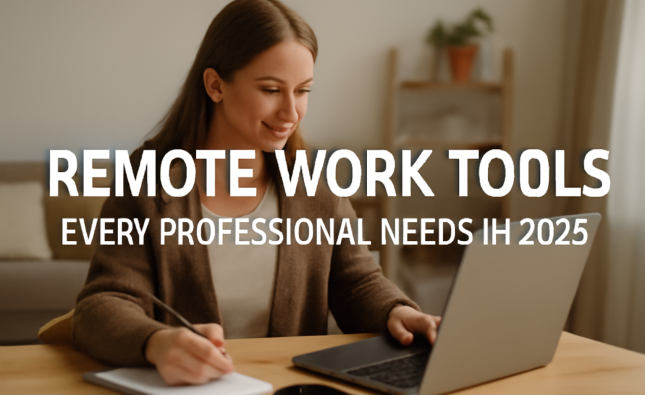
Introduction
Effective communication is a vital component in creating an inclusive and diverse workplace. However, breaking down the communication barrier within a company can be challenging. With the increasing demand for diversity, equity, and inclusion (DEI) in the workplace, it’s important to have effective communication practices that promote equality among employees. In this blog post, we’ll explore how to overcome DEI barriers by implementing a comprehensive communication plan that fosters inclusivity and supports diversity initiatives. So let’s dive into improving DEI communication for a more inclusive workplace!
Communication Structure & Practices
Effective communication is key to any successful workplace, especially when it comes to diversity, equity and inclusion (DEI). Creating a structure for communication that supports DEI efforts is crucial. This begins with ensuring all employees have access to the same information and are given equal opportunities to communicate their thoughts and concerns.
One way to ensure effective communication within a diverse team is through inclusivity training. Inclusivity training can help employees understand how different people may communicate differently based on culture or background. It also helps them develop empathy towards others’ perspectives.
Another important aspect of effective communication in DEI efforts is creating safe spaces for open dialogue. Employers should encourage open discussions where everyone feels comfortable enough to share their ideas without fear of retribution or judgment.
Additionally, employers must recognize the importance of nonverbal cues in communication. Different cultures may interpret body language differently so it’s important for employers and managers to be aware of this and take steps accordingly.
Establishing an inclusive environment that encourages open dialogue while recognizing cultural differences will improve overall workplace communication – fostering a more positive work environment which ultimately leads to increased productivity levels across your entire organization!
DEI Barriers to Effective Communication
In order to improve DEI communication in the workplace, it’s important to understand common barriers that can hinder effective communication. One major barrier is a lack of cultural competence and understanding. When individuals are unfamiliar with different cultures and identities, they may unintentionally use language or behaviors that are insensitive or offensive.
Another barrier is discomfort discussing sensitive topics related to diversity, equity, and inclusion. People may feel anxious or fearful of saying the wrong thing or being perceived as discriminatory. This fear can result in avoidance of these topics altogether, leading to an inability to fully address issues within the workplace.
Additionally, power dynamics can impact communication effectiveness when certain individuals hold more authority than others. If team members don’t feel comfortable expressing their opinions or concerns due to fear of repercussions from those in positions of power, this could lead to miscommunications and misunderstandings.
Language barriers also exist for employees who speak English as a second language. They may struggle with understanding idiomatic expressions or nuanced meanings which could impede their ability to participate equally in meetings and discussions.
Unconscious biases can influence how people perceive messages based on factors like race/gender/age/ability/etc., leading potentially harmful interpretations no matter what was intended by the speaker/writer.
There are many potential barriers that could make DEI communications difficult amongst colleagues but recognizing them is key towards creating better work environments that embrace inclusivity while promoting open conversations about diversity-related issues without any fears attached!
Implementation of a Comprehensive Communication Plan
To ensure that communication barriers are broken down and effective communication is achieved, it’s essential to implement a comprehensive communication plan. This plan should outline the steps required to create a more inclusive workplace where everyone feels heard and valued.
Firstly, start by identifying the specific areas of DEI that require improvement in your organization. Once you’ve identified these areas, determine how you can tailor your communication plan to address them effectively.
Next, establish clear guidelines for communicating with team members across different backgrounds and experiences. These guidelines should include best practices such as active listening and avoiding assumptions.
It’s also important to provide regular training opportunities for employees on DEI topics to improve their understanding of cultural sensitivity and awareness. This will help foster an environment where everyone feels comfortable expressing themselves without fear of judgment or discrimination.
It’s crucial to regularly assess the effectiveness of your communication plan through feedback mechanisms such as surveys or focus groups. Use this feedback to make improvements and adjustments that align with evolving organizational needs while keeping inclusion at the forefront.
Implementing a comprehensive communication plan requires dedication and effort but ultimately pays off in creating a more diverse, equitable, and inclusive workplace culture.
Conclusion
Effective communication is vital for ensuring a diverse, equitable, and inclusive workplace. By breaking down the barriers to DEI communication, we can create a culture of open dialogue and understanding.
To achieve this goal, organizations must establish clear communication structures and practices that foster inclusivity. They must also address the common barriers to effective DEI communication such as unconscious bias, power dynamics, language differences and lack of training.
By implementing comprehensive communication plans that prioritize diversity awareness training programs for staff members and leadership teams alike we can help ensure an inclusive work environment.
Remember: Communication is key to creating an environment where everyone feels valued and heard. With intentional effort towards improving DEI communications in the workplace we can make strides towards building more equitable workplaces where all employees feel supported while working together to reach organizational goals.










